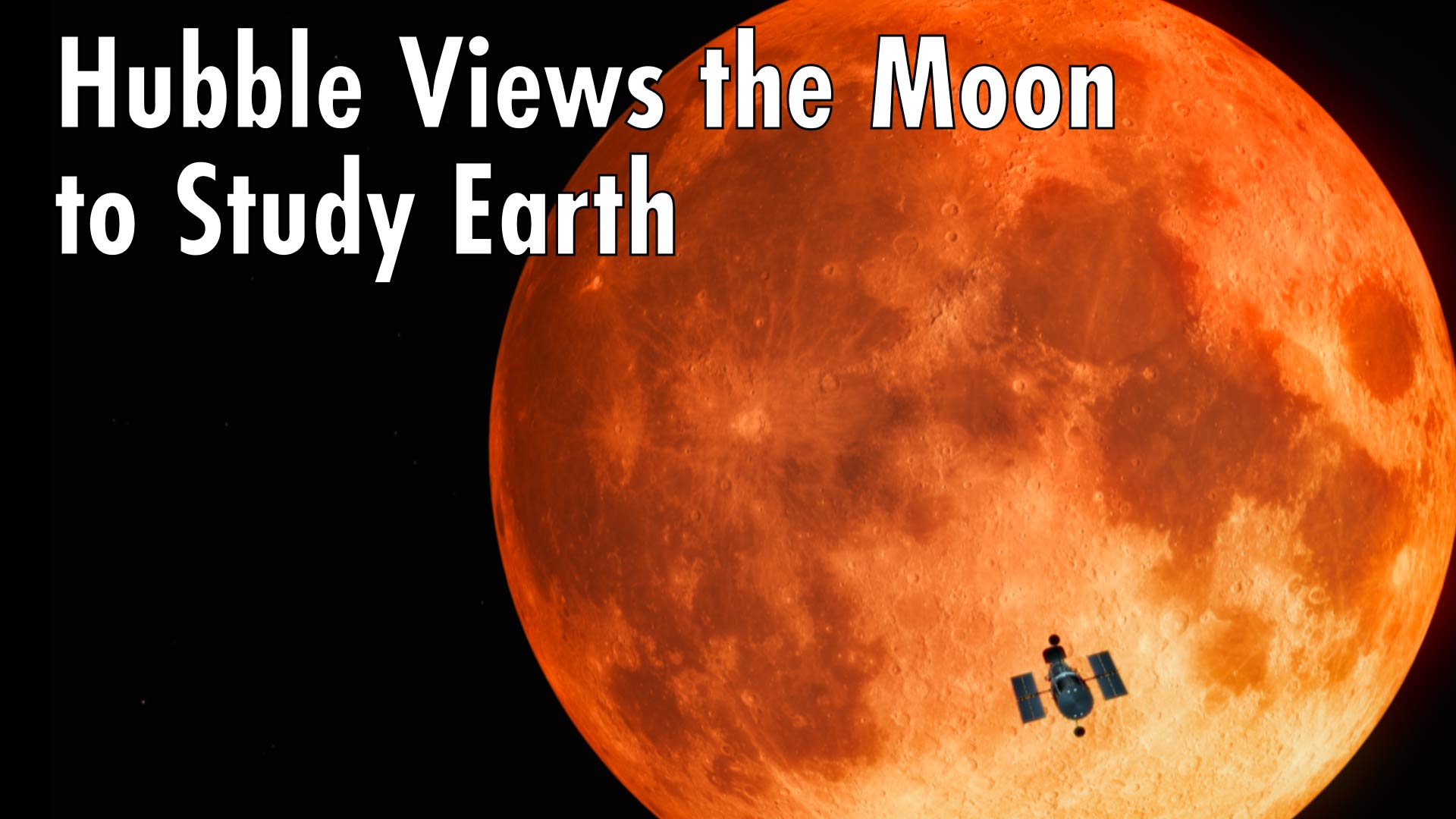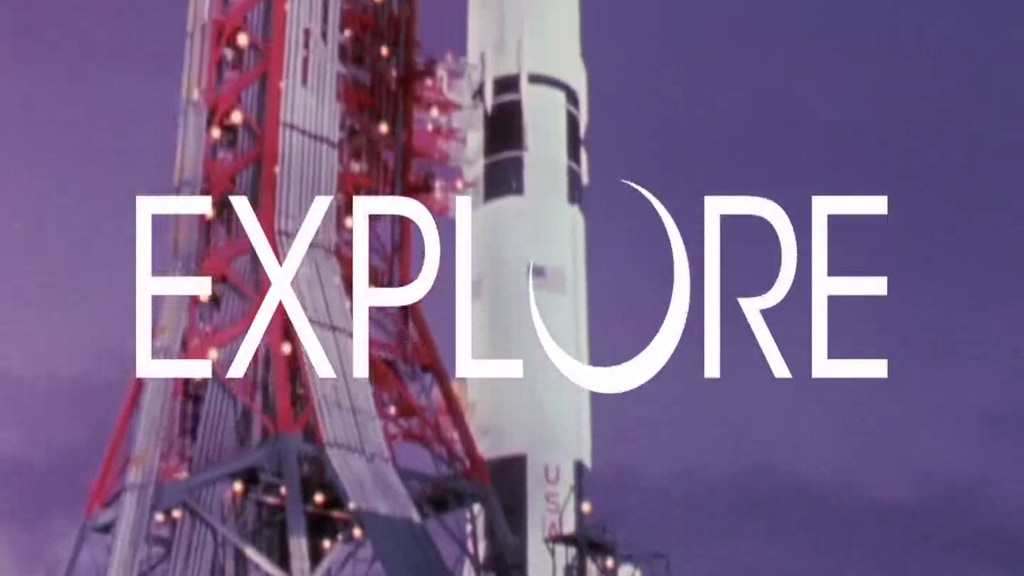Hubble and Going Forward to the Moon
We are going forward to the Moon by 2024, but did you know that back in 2005, Dr. Jim Garvin and his team of scientists pointed the Hubble Space Telescope at our nearest celestial neighbor for a very important reason?
The Hubble team used the telescope’s powerful instruments to work as a prospector for the Moon’s surface, searching for resources that would help future human-led missions mine and utilize those materials to “live off the land” of the Moon.
Hubble’s lunar research led the way for future missions, such as the Lunar Reconnaissance Orbiter, helping men and women to go forward to the Moon by 2024!
For more information, visit https://nasa.gov/hubble.
Credit: NASA's Goddard Space Flight Center/Paul Morris.
Music credits: "Tracer" by Max Cameron Concors [ASCAP]; Killer Tracks Production Music. “Insights” by Axel Coon [GEMA], Ralf Goebel [GEMA] Killer Tracks Production Music. “Transitions” by Ben Niblett [PRS], Jon Cotton [PRS] Killer Tracks Production Music. “Interstellar Spacecraft” by JC Lemay [SACEM] Killer Tracks Production Music.
YouTube Long Version
Horizontal version with longer runtime. This is for use on any platform where you want to display the video horizontally.
Facebook Short Version
Horizontal version with shorter runtime. This is for use on any platform where you want to display the video horizontally.
IGTV Version
Vertical version. This is for use on any platform where you want to display the video vertically.
Credits
Please give credit for this item to:
NASA's Goddard Space Flight Center
-
Producer
- Paul R. Morris (USRA)
-
Technical support
- Aaron E. Lepsch (ADNET Systems, Inc.)
-
Videographers
- Rob Andreoli (Advocates in Manpower Management, Inc.)
- John Caldwell (Advocates in Manpower Management, Inc.)
-
Talents
- James Garvin (NASA, Chief Scientist Goddard)
- Jennifer Wiseman (NASA/GSFC)
- Knicole Colon (NASA/GSFC)
- David Leckrone (NASA)
Release date
This page was originally published on Monday, July 15, 2019.
This page was last updated on Wednesday, May 3, 2023 at 1:45 PM EDT.




